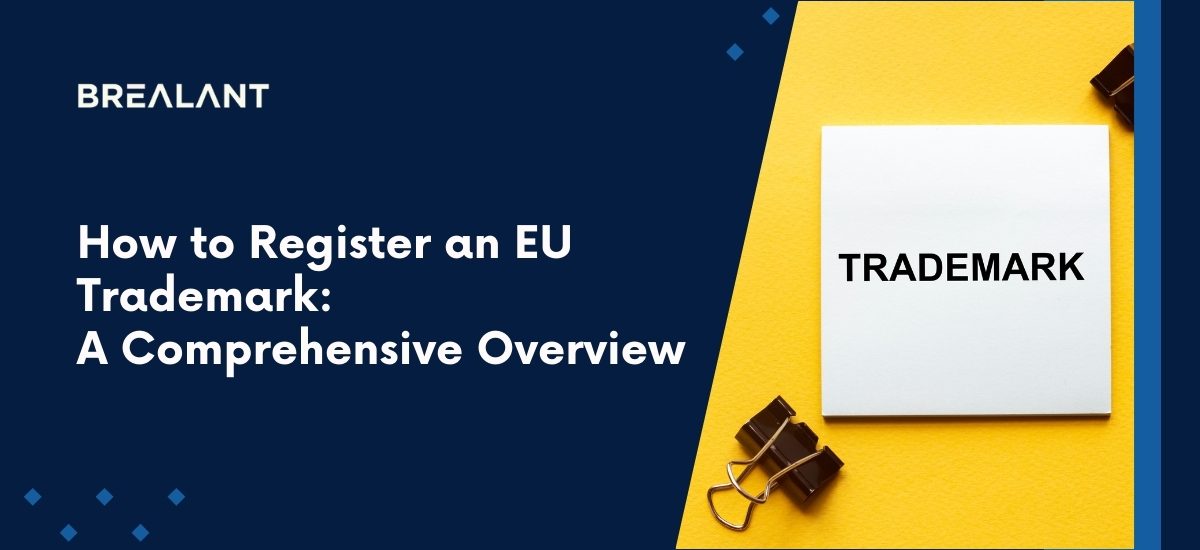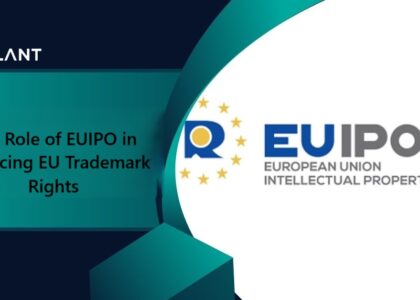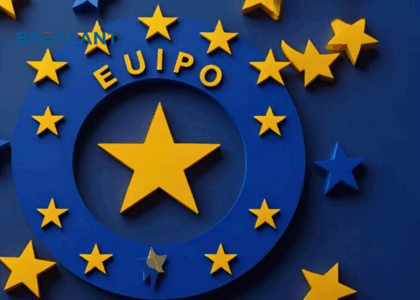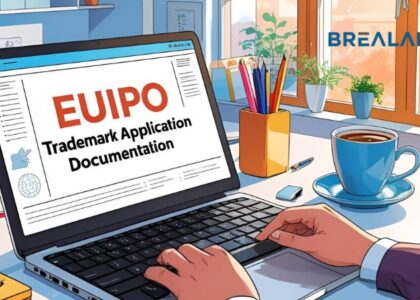Intellectual property is a valuable asset for businesses, protecting their brand names, logos, and other distinctive elements that set them apart from competitors. In the European Union (EU), registering a trademark is an essential step for safeguarding your brand and ensuring that others cannot use it without your permission.
In this comprehensive guide, we will walk you through the process of registering an EU trademark, from the initial steps to the final registration.
Benefits of Registering an EU Trademark
Let’s have a look at the list of benefits of registering under the European Union:
- Regional Protection: Registering an EU trademark grants you protection in all EU member states. This can save you time and money compared to applying for individual trademarks in multiple countries.
- Market Expansion: It enables you to expand your business across the entire EU market with a single trademark registration, providing consistent branding and protection throughout the region.
- Enforcement and Legal Protection: An EU trademark provides a legal basis for enforcing your rights and taking legal action against trademark infringements in any EU member state.
- Market Credibility: It can enhance your brand’s credibility and trustworthiness in the eyes of customers, partners, and investors.
- Monopoly Rights: Once registered, you have the exclusive right to use and license the trademark, allowing you to control and monetize your brand.
- Renewable: EU trademarks are renewable every ten years, providing long-term protection for your brand.
Steps to Register an EU Trademark
The process of registering an EU trademark can be divided into several key steps:
- Preliminary Search: Before you start the registration process, it’s crucial to conduct a trademark search to ensure that your desired trademark is unique and not already registered by someone else. You can use the EU Intellectual Property Office’s (EUIPO) online database to search for existing trademarks that may conflict with your application.
- Identify Goods and Services: Clearly define the goods and services that your trademark will be associated with. You’ll need to choose from a list of pre-established categories (known as the Nice Classification) to specify the scope of your trademark’s protection.
- Online Application: Submit your application online through the EUIPO’s website. The application form will require you to provide detailed information about your trademark, including its design, description, and the goods or services it will cover.
- Examination and Publication: Once you submit your application, it will undergo a thorough examination by the EUIPO to ensure it complies with the relevant legal requirements. If there are any issues, you may be asked to provide additional information or clarification. Once the application is deemed satisfactory, it will be published in the EU Trademark Bulletin for three months, allowing others to oppose your registration.
- Opposition Period: During the three-month opposition period, third parties who believe that your trademark may infringe upon their rights can file an opposition. If no oppositions are filed or if they are successfully resolved in your favor, your trademark will proceed to registration.
- Registration: After the opposition period expires and all formalities are met, your trademark will be registered. You will receive an official registration certificate, and your trademark will be protected across all EU member states.
- Renewal: EU trademarks are renewable every ten years to maintain their protection. It’s your responsibility to ensure that your trademark remains in force by renewing it on time.
Important Considerations
While registering an EU trademark offers numerous benefits, there are some important considerations to keep in mind:
- Use it or lose it: To maintain your trademark, you must use it in commerce within five years of registration. Failure to do so can result in the revocation of your trademark.
- Territorial Scope: An EU trademark only covers EU member states. If you intend to protect your trademark in other countries or regions, you will need to apply for separate trademark registrations.
- Costs: The cost of registering an EU trademark can vary depending on factors such as the number of classes of goods and services you want to protect. Be prepared to budget for initial registration costs and future renewals.
- Legal Assistance: Consider seeking legal advice or assistance from a trademark attorney or agent, especially if your trademark is vital to your business. They can help you navigate the process, conduct comprehensive searches, and address any legal challenges.
Conclusion
Registering an EU trademark is a smart move for businesses looking to protect their brand identity and expand their market presence in the European Union; with the ability to secure exclusive rights to your trademark across 27 member states, an EU trademark offers regional protection, credibility, and the legal basis to enforce your rights. The long-term benefits of an EU trademark can be invaluable for your business’s success and reputation in the European market. Ensure it with the right guidance and thorough process of the IP experts of Brealant. The tech-driven solutions will help you safeguard your creation for long-duration.










